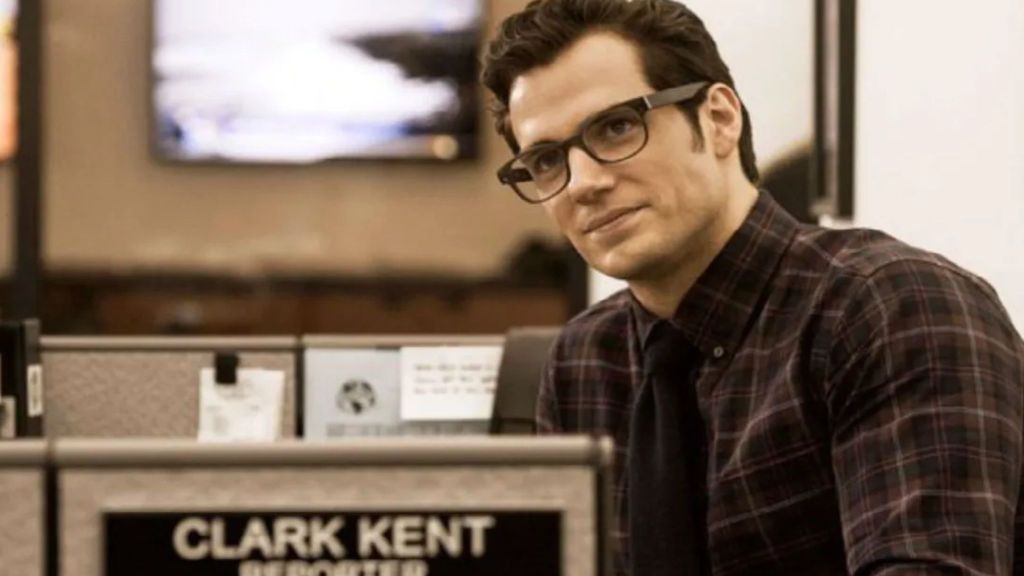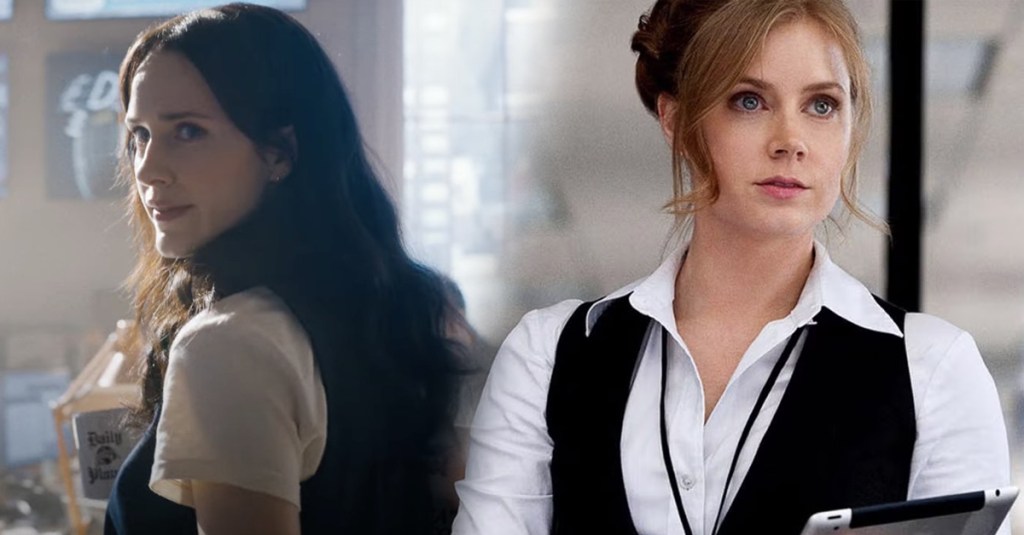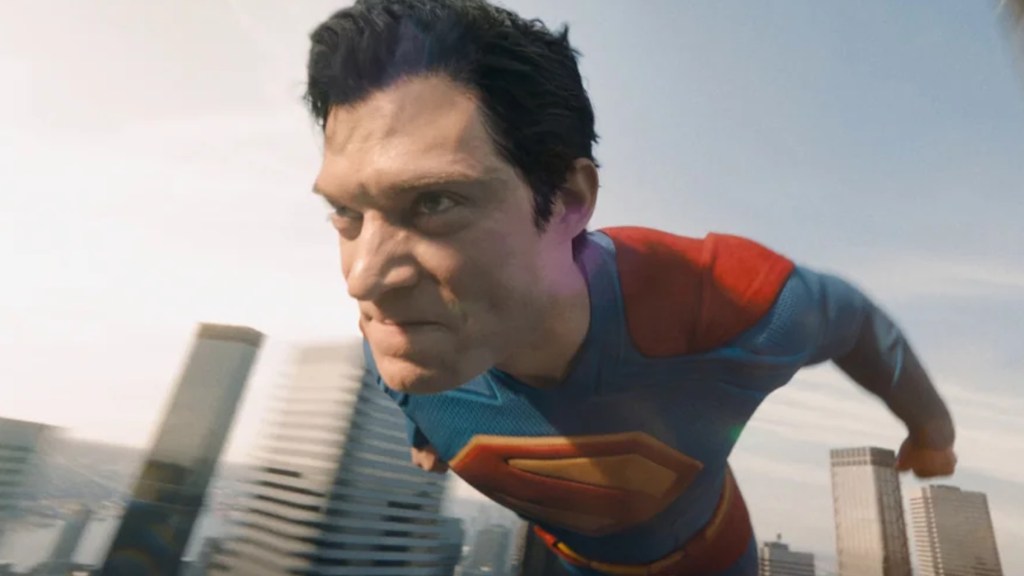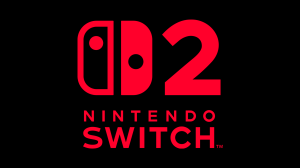Superman hype is once again at an all-time high, thanks in large part to James Gunn’s Superman movie, which ended up being the highest-grossing superhero movie of Summer 2025. Gunn got a lot of praise for making Superman light, fun, and hopeful again, after the character had spent a decade mired in Zack Snyder’s DCEU. That said, the DCU version of Superman wasn’t exactly a reinvention of the wheel when it comes to comic book movies.
Videos by ComicBook.com
In fact, Gunn made a lot of the same creative mistakes that every other Superman movie has. After taking a careful look back at the history of Superman movies, it’s clear that Gunn’s next Superman film, Man of Tomorrow, has the opportunity to correct at least 7 longstanding creative errors that Superman movies can’t seem to get away from.
7) Not Enough Faith in Superman’s World

Superman movies focus so intently on selling audiences on the “reality” of the Man of Steel’s godlike powers that they almost always shortchange the unique world that Superman’s lore has built up around him.
We visit the Kent Farm in Smallville, Kansas, but don’t get to know the town or its residents; we get to play in some key locations around Metropolis (The Daily Planet, Lex’s company and/or safehouse), but no film has made the city a “character” in the same way that Batman films do with Gotham, or Spider-Man films do with NYC. Superman has also built up an entire network of friends, allies, acquaintances, and foes who are all local to Metropolis, if not directly connected to the city in some way (especially in recent comics). The fact that we’ve had Superman movies since the 1970s, and never once had Bibbo Bibbowski as a major live-action character, is a crime.
6) The Clark/Kal/Superman Imbalance

Superman is a lot trickier a character than he initially seems. There are at least 3 personas that come with the character: mild-mannered human reporter Clark Kent; idealic superhero icon, Superman, and alien orphan Kal-El, struggling to keep in touch with his heritage and culture. While every Superman movie has arguably excelled in at least one of these areas – and a few of the greats have nailed at least two of them – no film has fully mastered the balance of all three.
Gunn took a wrecking ball to everything DC fans knew about the “Kal-El” side of Superman’s mythos; conversely, Zack Snyder struggled with everything but the god-like alien side of the character. On the whole, Richard Donner understood the trifecta, but even his opus, the director’s cut of Superman II, is fairly criticized for dedicating so much of its screen time to Superman not doing super-heroic stuff. We’re not sure Bryan Singer even got any of those elements right.
Man of Tomorrow‘s title could imply an ironic joke about Superman having to be so many things at once to be “perfect.” Hopefully, the sequel will address this longstanding character imbalance as an integral part of its narrative.
5) Always Bringing In The Same Villains

Going to see a Superman movie? Who do you want to see the hero battle? Because traditionally, you only get two choices: Lex Luthor, and/or a “bad ” version of Superman. And, while the versions of Bad Superman can vary (Kryptonian rivals like General Zod or Doomsday; corrupted variants or cloned creations), the plan on “super genius” Lex Luthor’s mind sadly does not: it’s always a real estate scheme.
Man of Tomorrow is already violating by continuing one of these trends: Lex Luthor will be back again, albeit as one of the lead protagonists of the film, this time. But Superman’s rogues gallery is filled with underused greats. Pick some of them, already!
4) No Idea What to Do With Lois

Lois Lane is, without a doubt, one of the most dynamic and enduring characters in all of comic book movies. Fiercely independent, whip-smart, and (of course) beautiful all the while, it’s no wonder that Superman loves her as much as he does. Throughout the run of the Superman movie franchise, the role of Lois Lane has been played by some lovely and talented actresses, who each embody Lois in different ways (Margot Kidder, Amy Adams, Kate Bosworth, and currently Rachel Brosnahan). But that doesn’t mean that Superman movies have cracked the code on what to do with Lois Lane. At all.
Old Superman movies made Kidder’s Lois a smart-mouthed damsel in distress; no one is sure what Bostworth’s “estranged mommy Lois” was going for in Singer’s film. Adams’ Lois leaned (too far) into the modern hard-hitting global reporter persona, while Brosnahan’s Lois got the UNO-reverse of being a damsel to the rescue. But those are all really just supporting arcs to Superman’s story, rather than the respective arcs of fully-formed characters. Lois Lane has become as big a star in Superman lore as Superman himself; when you hold the movies up against TV series depictions like Superman & Lois (Elizabeth Tulloch) and the discrepancy is pretty glaring. Movies aren’t giving Lois her full and proper due. That needs to change.
3) Side-Stepping Politics

This may seem like a crazy statement, given how much political controversy James Gunn’s Superman faced. Not to mention how difficult it’s been, in general, to get the Man of Steel to connect with movie audiences on a global scale in the 21st century. Yet I stand on it: Superman movies have avoided directly addressing hot-button socio-political issues for far too long. I write this in the same week that DC’s Absolute Batman is becoming iconic for taking a stance against the white supremacist movement in his book: the idea that comic book characters are rooted in political statement is once again being echoed.
Superman movies are blockbuster-budget movies that have to attract and appease a very wide audience; we get that. But by nature, this is a superhero who needs to not just stand tall onscreen, but stand for something. Let the debates about it rage (they will, regardless), but Superman movies need to say something more than they have been. A lot of directors have done a good job teasing political controversy with Superman – whether it was Batman v Superman‘s international incident and the resulting senate hearings, or Superman (2025) also addressing American foreign policy being affected by Superman’s unilateral intervention. But no real political statements ultimately get made, despite all the hoopla, and it continuously looks like studio economics trump any thematic points the filmmakers may want to get at. Superman should be able to make a statement – from a viewpoint well above the common socio-political fray. That’s the entire point of the character: an ideal we can look up to.
2) Making Viewers Fly With Superman

The final two talking points in this list are very closely related, as they both have to do with the style of Superman movies, rather than the substance. It’s been the case with every Superman film that the big “sell” of the theatrical experience will be the audience getting to essentially take flight alongside Superman. The Donner film made “You’ll believe a Man Can Fly!” the core of its promotional campaign; Singer infamously blew his budget on one aerial sequence where we get to see Superman stopping a plan crash mid-flight; Snyder’s “First Flight” sequence for Henry Cavill’s Superman (set to Hans Zimmer’s booming drum-heavy score) is one of the few aspects of those films fans universally praise. Gunn pushed film technology to new limits to get his hyper-sonic flight sequences up close and personal. But ultimately… It’s money that Hollywood can stop spending.
Seeing Superman fly onscreen is akin to seeing Spider-Man swing around the city in live-action: At first, it was the spectacle to witness; so many films later, it’s just a standard part of the hero’s lore, and a standard expectation of the viewer. Let’s stop blowing the budget on close-up fights; if more modern Superman films have proven anything, it’s that the superpowered fights (not flights) have much more potential to wow audiences and leave a lasting impression.
1) Ignoring the Spectacle of Simple Super Feats

Pull back the camera. I’ve said it for decades now, and quite frankly, I’m getting tired of repeating it: Superman works when you can really step back and process the god-like feats he’s pulling off.
There’s a reason that one of the most iconic (if not misunderstood) images from the Donner Superman movie is of Superman flying backward against the Earth’s rotation, until he travels back in time a few minutes to save Lois Lane. In 1978, there wasn’t a whole lot of visual language for the sci-fi feat of a superhero flying so fast he traverses time and space: Donner’s shot of red streaks ringing the Earth until it (looks like) it’s spinning backward did the job just fine.
Superman’s flight streaks, speeding across an open terrain or carefully weaving through a cityscape at the speed of a bullet, would be just as crazy a visual as the close-up of David Corenswet’s hair and eyes under heavy wind resistance. A far-off shot of a falling building suddenly raising impossibly back up onto its foundations; a dozen innocents suddenly saved by the “blur” of red, white, and yellow, or best yet, fight sequences where we can see from a long-range view just how far, or through how many buildings, Superman can knock a villain. Long-range views are rarely effective when trying to convey action and spectacle in films, but in Superman’s case, it’s essential to the scale.
Superman (2025) is now streaming on HBO Max.









